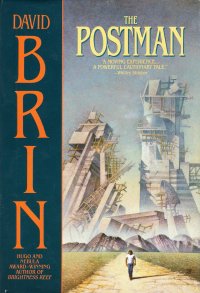 Hey, who’s in the mood for a post-apocalyptic book? And the apocalypse I’m talking about is not the middle 1990s collapse in Kevin Costner’s career after the twin post-apocalyptic Waterworld and The Postman (which I rented and watched on the same night in the 1990s, gentle reader).
Hey, who’s in the mood for a post-apocalyptic book? And the apocalypse I’m talking about is not the middle 1990s collapse in Kevin Costner’s career after the twin post-apocalyptic Waterworld and The Postman (which I rented and watched on the same night in the 1990s, gentle reader).
Twenty years (roughly) after a series of calamities (EMPs, bio-warfare, nuclear winter, and insurrection by augmented former soldiers and survivalists), a traveling troubador performs remembered bits from pre-collapse plays, television shows, and commercials in scattered communities for food and shelter as he wanders westward from Montana seeking some semblance of civilization. After he’s robbed of his supplies, he tries to track the thieving band of survivalists but instead stumbles upon a mail truck with a decades-dead postal carrier inside.
Donning the uniform and coat, Gordon reaches a settlement, and they think he’s actually a postal worker, so he invents a story about the Restored United States of America based in St. Paul that is sending out emissaries to set up post offices. He uses this con to survive and delivers actual letters written by townspeople to other towns, eventually actually setting up a post office system. He settles in a prosperous community held together by the myth of an all-knowing supercomputer and tries to get them to train up before the augmented former soldiers march on their homeland and impose a brutal fuedalism on it.
The plot differs from the film quite a bit, as they couldn’t fit whole elements, subplots, and side quests from the book into a single two or three hour film. Although I don’t remember the film that well–I might have actually seen it in the last 20 years–I didn’t dislike it as much as the Clinton-era critics did.
The book was a pleasant enough read for the most part, but wandered a bit and then jumped into an ending that seemed a little rushed. But, overall, pretty good. Not as wide-open in possibilities as a pure mid-century science fiction novel like Project Pope, but that is to be expected.



 You know, I read three volumes in this series (
You know, I read three volumes in this series ( It’s been almost ten years since I read
It’s been almost ten years since I read 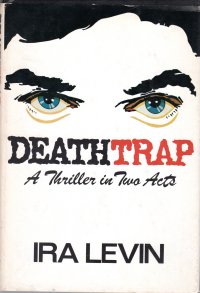 I saw the film version of this in a high school class. What was it? Drama? Media? I forget. What I do remember, though, is that it was a two day event, and the first day ended at almost the end of the first act, and I explained what I thought the trick was, and my friend and locker partner thought I had seen it. So I will spare you the spoiler and will just mention the basic plot.
I saw the film version of this in a high school class. What was it? Drama? Media? I forget. What I do remember, though, is that it was a two day event, and the first day ended at almost the end of the first act, and I explained what I thought the trick was, and my friend and locker partner thought I had seen it. So I will spare you the spoiler and will just mention the basic plot. I bought this collection of poetry earlier this month at Main Street Books in St. Charles on the
I bought this collection of poetry earlier this month at Main Street Books in St. Charles on the 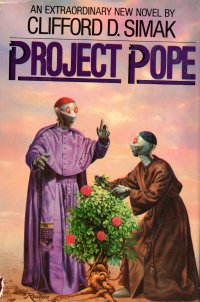 After I listened to
After I listened to 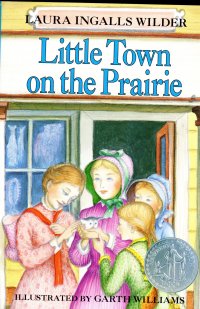 I read
I read 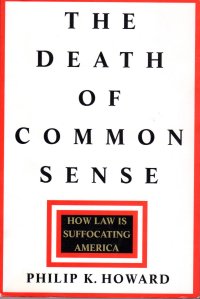 This book is a look at how several factors systematically removed discretion from government and how that made government worse. It’s broken into a couple sections, and basically it boils down to these themes:
This book is a look at how several factors systematically removed discretion from government and how that made government worse. It’s broken into a couple sections, and basically it boils down to these themes:
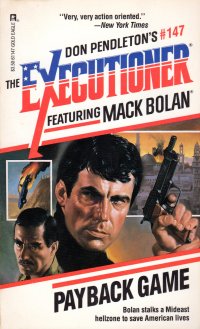 After
After 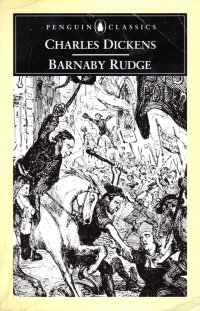 It took me several months to read this book, gentle reader. As you know, it takes a Dickens book several hundred pages to get going. In this case, I think it was 450 of the 750. So I have read many other books in the interim.
It took me several months to read this book, gentle reader. As you know, it takes a Dickens book several hundred pages to get going. In this case, I think it was 450 of the 750. So I have read many other books in the interim.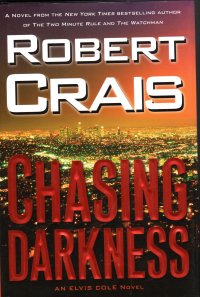 I was surprised and pleased to find a Robert Crais book on my to-read shelves; I just read
I was surprised and pleased to find a Robert Crais book on my to-read shelves; I just read 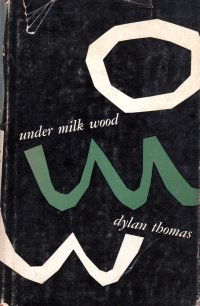 I just read Thomas’s short story
I just read Thomas’s short story 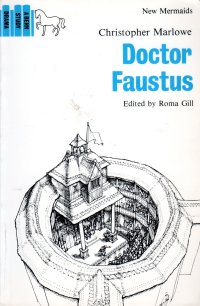 This is the third of four books I bought at ABC Books
This is the third of four books I bought at ABC Books 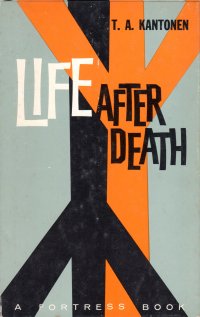 This book is a short (54 pages) theological explanation of the (or perhaps a) Christian view of life after death based on Biblical texts. It talks about what life is, what death is, what happens at death, and what happens in the final reconciliation / resurrection.
This book is a short (54 pages) theological explanation of the (or perhaps a) Christian view of life after death based on Biblical texts. It talks about what life is, what death is, what happens at death, and what happens in the final reconciliation / resurrection.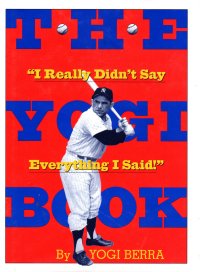 I got this book
I got this book  For some reason, I had gotten it into my head that this particular play was one of the most popular plays produced by high school theatre groups. I have no idea where I got that idea–I am pretty sure it predates wide adoption of the World Wide Web–but if it’s true, I can see why. The play has a lot of characters, and most of them have a manageable (that is, few and easily memorized) set of lines. Perfect for kids getting their feet wet on stage with a couple of more involved roles for those who are natural at it and will go to Hollywood in a couple of years to have their dreams crushed. Also, it’s a play within a play!
For some reason, I had gotten it into my head that this particular play was one of the most popular plays produced by high school theatre groups. I have no idea where I got that idea–I am pretty sure it predates wide adoption of the World Wide Web–but if it’s true, I can see why. The play has a lot of characters, and most of them have a manageable (that is, few and easily memorized) set of lines. Perfect for kids getting their feet wet on stage with a couple of more involved roles for those who are natural at it and will go to Hollywood in a couple of years to have their dreams crushed. Also, it’s a play within a play!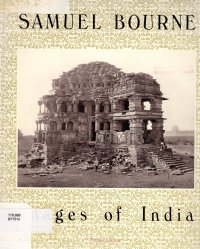 I had thought this might be a good book to browse during football games, but it turned out not. The book is actually weighted heavily to text, in small print, that talks about the photographer and his trips (well, trip to India which lasted roughly seven years) and the hardships of taking piles of photographic equipment of the middle nineteenth century into the Himalayas and around the Indian subcontinent.
I had thought this might be a good book to browse during football games, but it turned out not. The book is actually weighted heavily to text, in small print, that talks about the photographer and his trips (well, trip to India which lasted roughly seven years) and the hardships of taking piles of photographic equipment of the middle nineteenth century into the Himalayas and around the Indian subcontinent.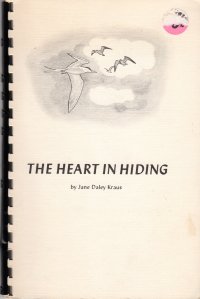 This comb-bound book has a 1981 copyright date, but the author’s autograph on the title page is dated 1990, so nine years later, she’s still signing them for people. At poetry readings/open mics? For friends? For the little bookstore down the block? I cannot tell, as it’s just a signature and the date, but that makes it seem like it was a less personal occasion and something more formal. Still, working it nine years later. I wonder if she printed that many of them in 1981 or was reprinting them as needed. It’s a lot to speculate about on a simple chapbook.
This comb-bound book has a 1981 copyright date, but the author’s autograph on the title page is dated 1990, so nine years later, she’s still signing them for people. At poetry readings/open mics? For friends? For the little bookstore down the block? I cannot tell, as it’s just a signature and the date, but that makes it seem like it was a less personal occasion and something more formal. Still, working it nine years later. I wonder if she printed that many of them in 1981 or was reprinting them as needed. It’s a lot to speculate about on a simple chapbook. It’s been two years since I read
It’s been two years since I read 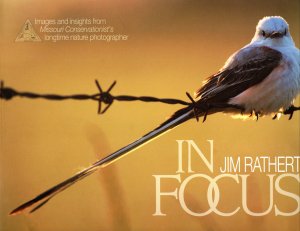 I thought I might browse this book of photography during football games, but it’s more than a book of photography. Although it does have a lot of great photos of native animals and landscape around Missouri, it also offers photography tips and discusses various habitats and geographical types we have in Missouri, from the different types of forests (and what constitutes an actual forest as opposed to a woodland).
I thought I might browse this book of photography during football games, but it’s more than a book of photography. Although it does have a lot of great photos of native animals and landscape around Missouri, it also offers photography tips and discusses various habitats and geographical types we have in Missouri, from the different types of forests (and what constitutes an actual forest as opposed to a woodland).